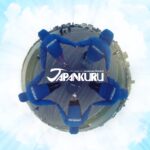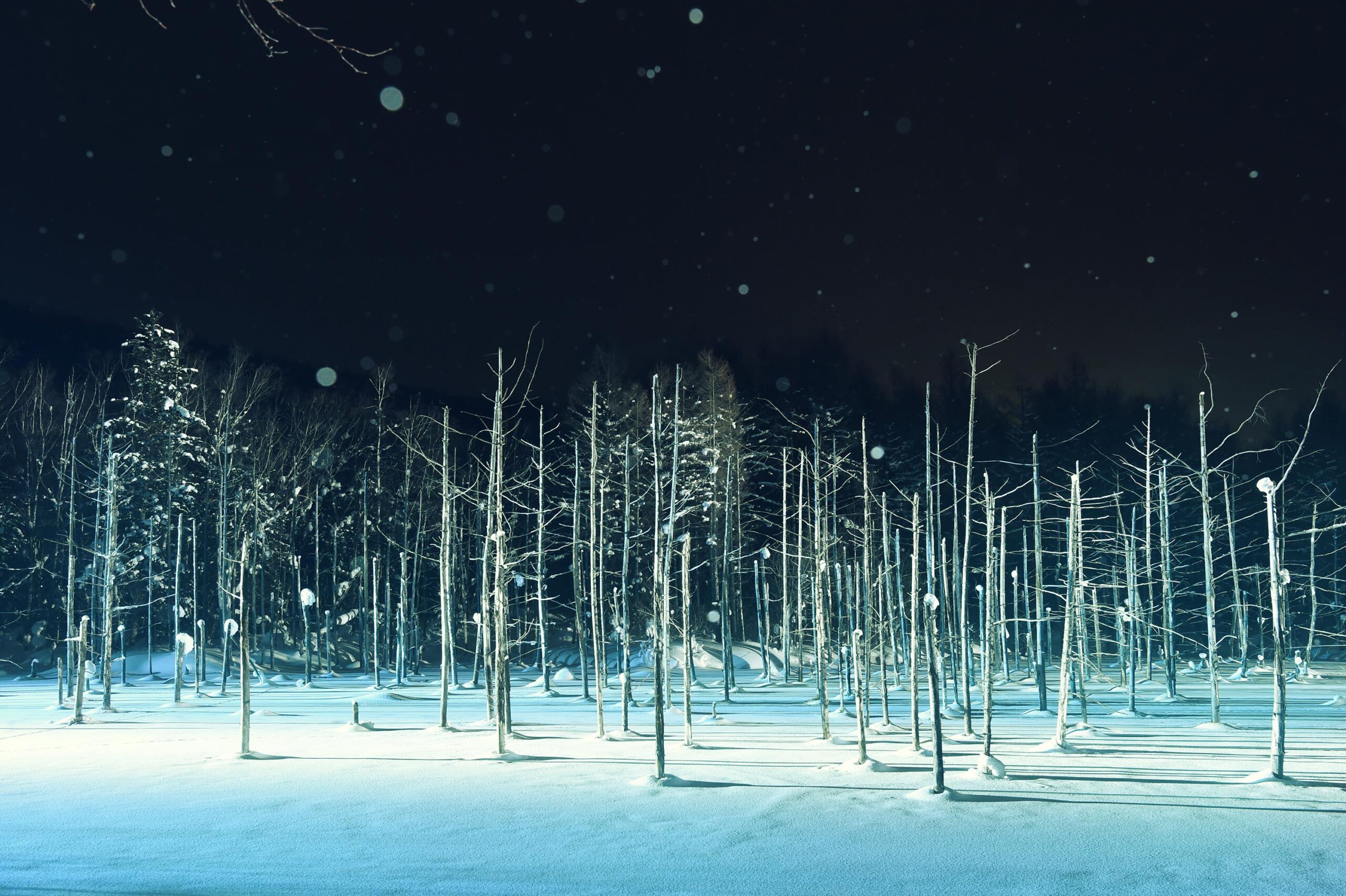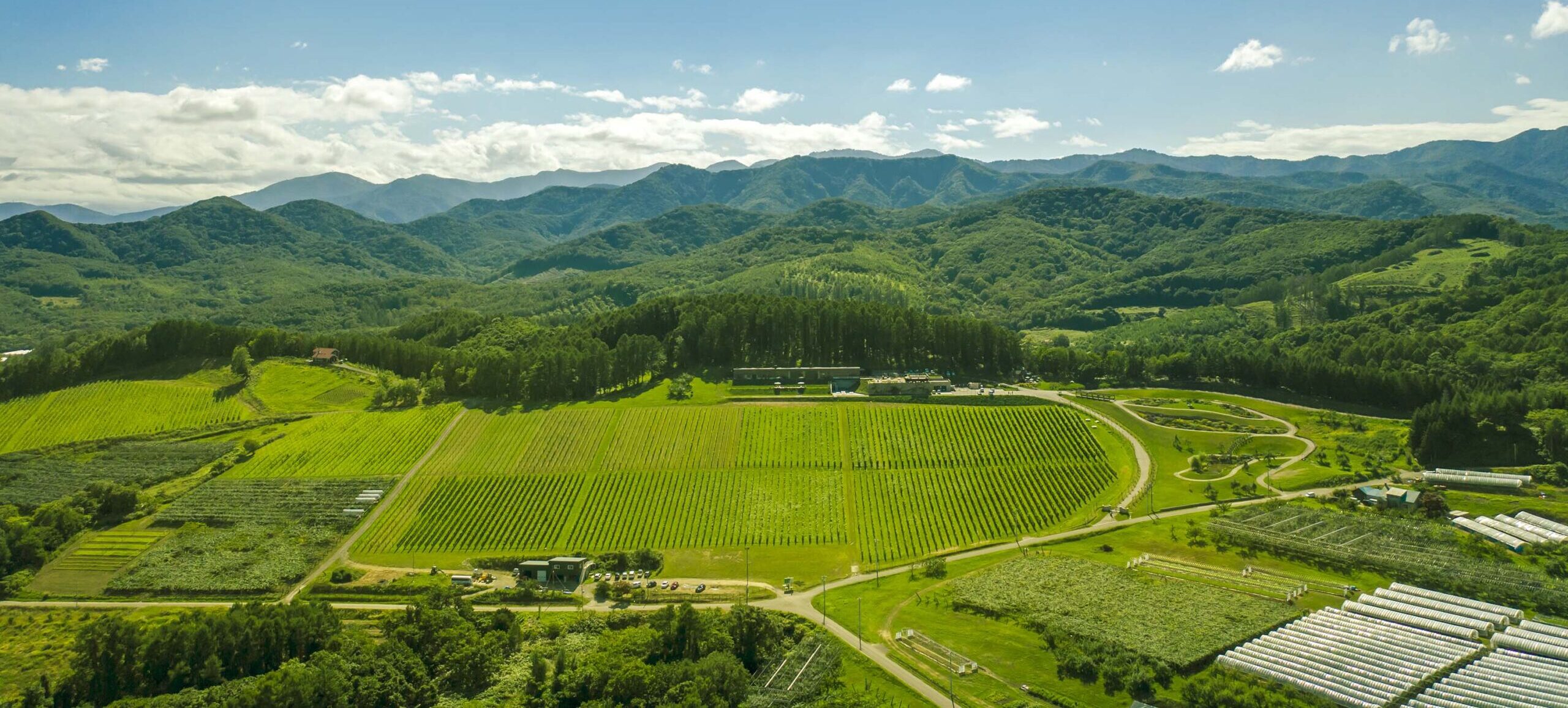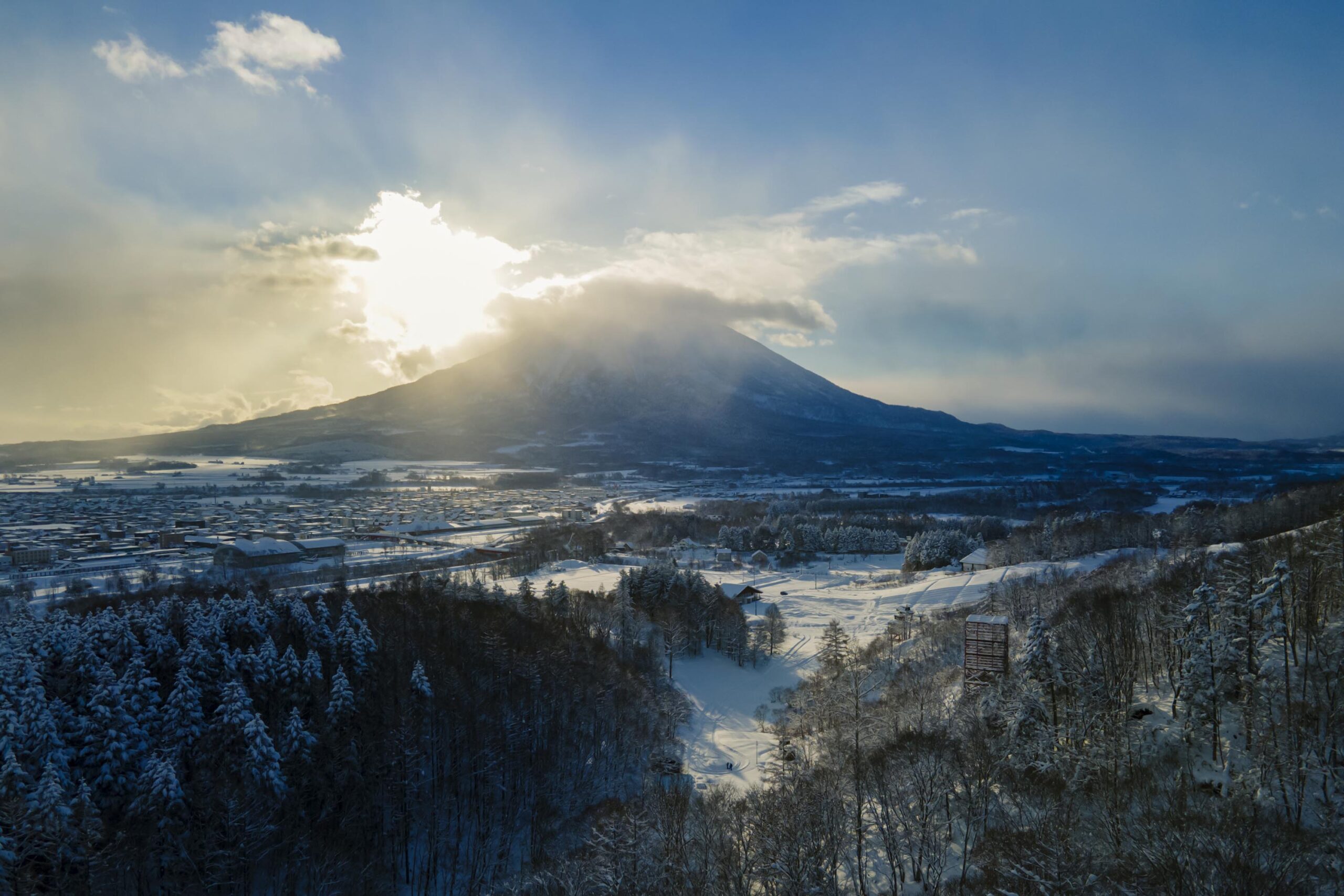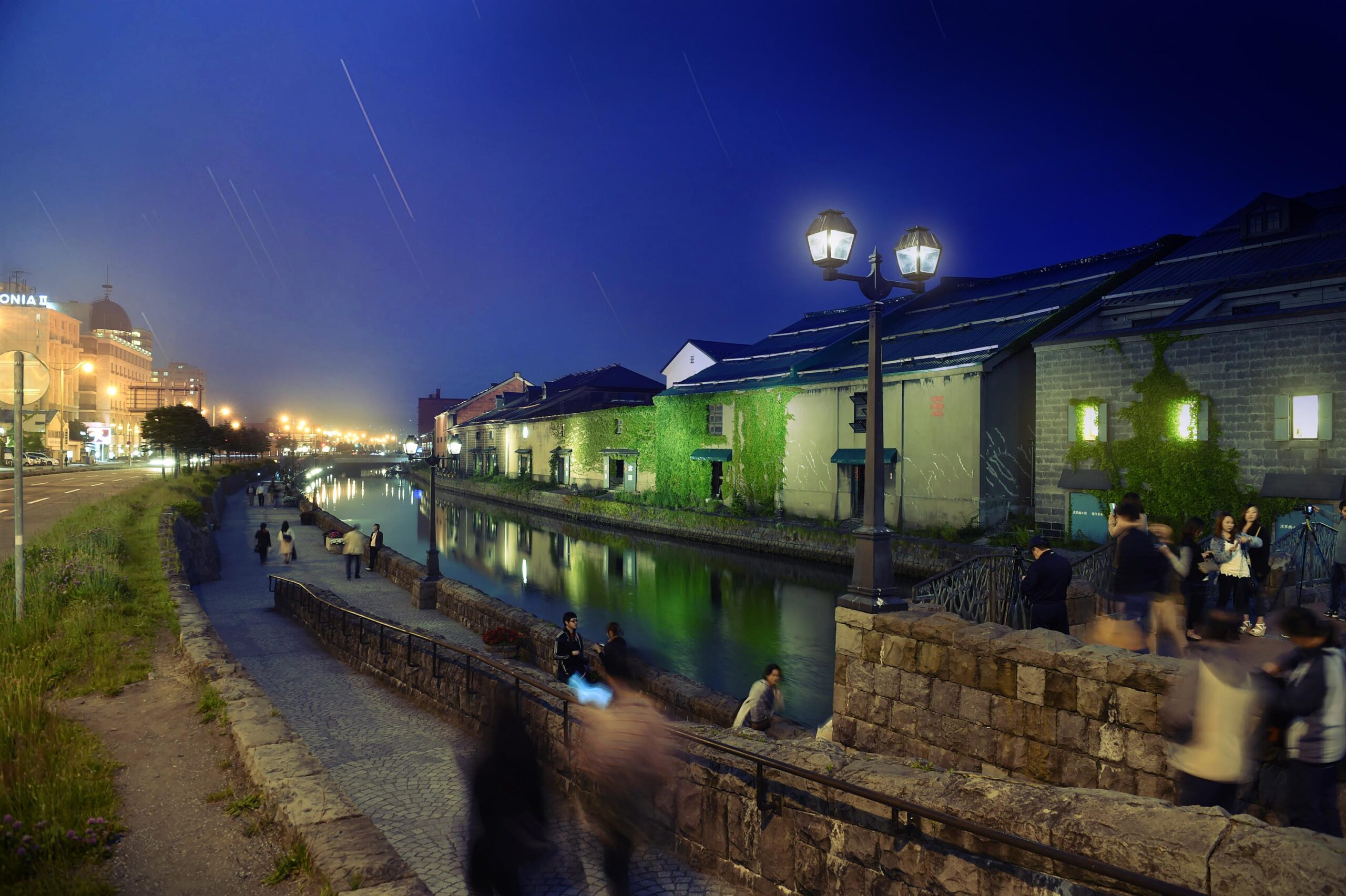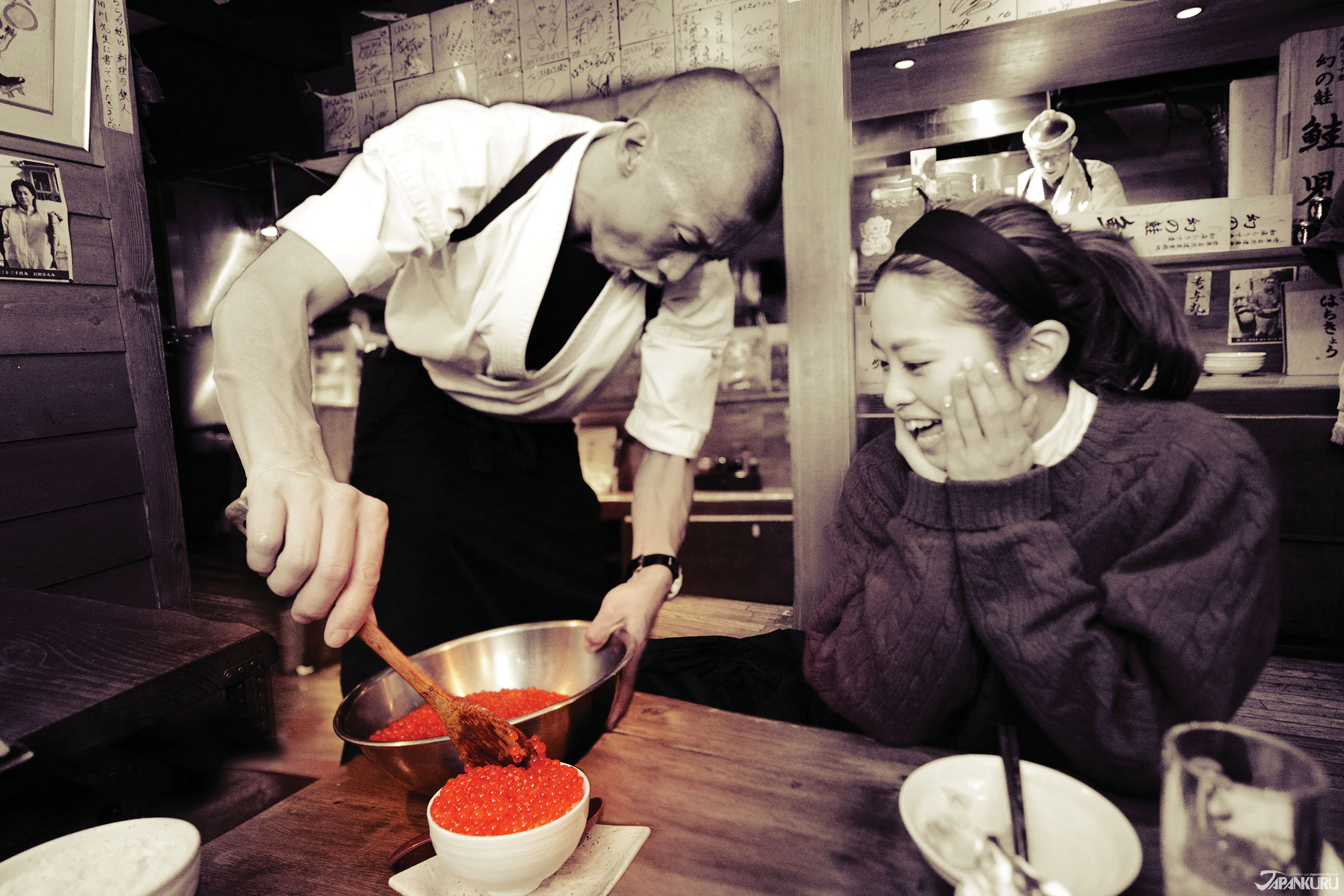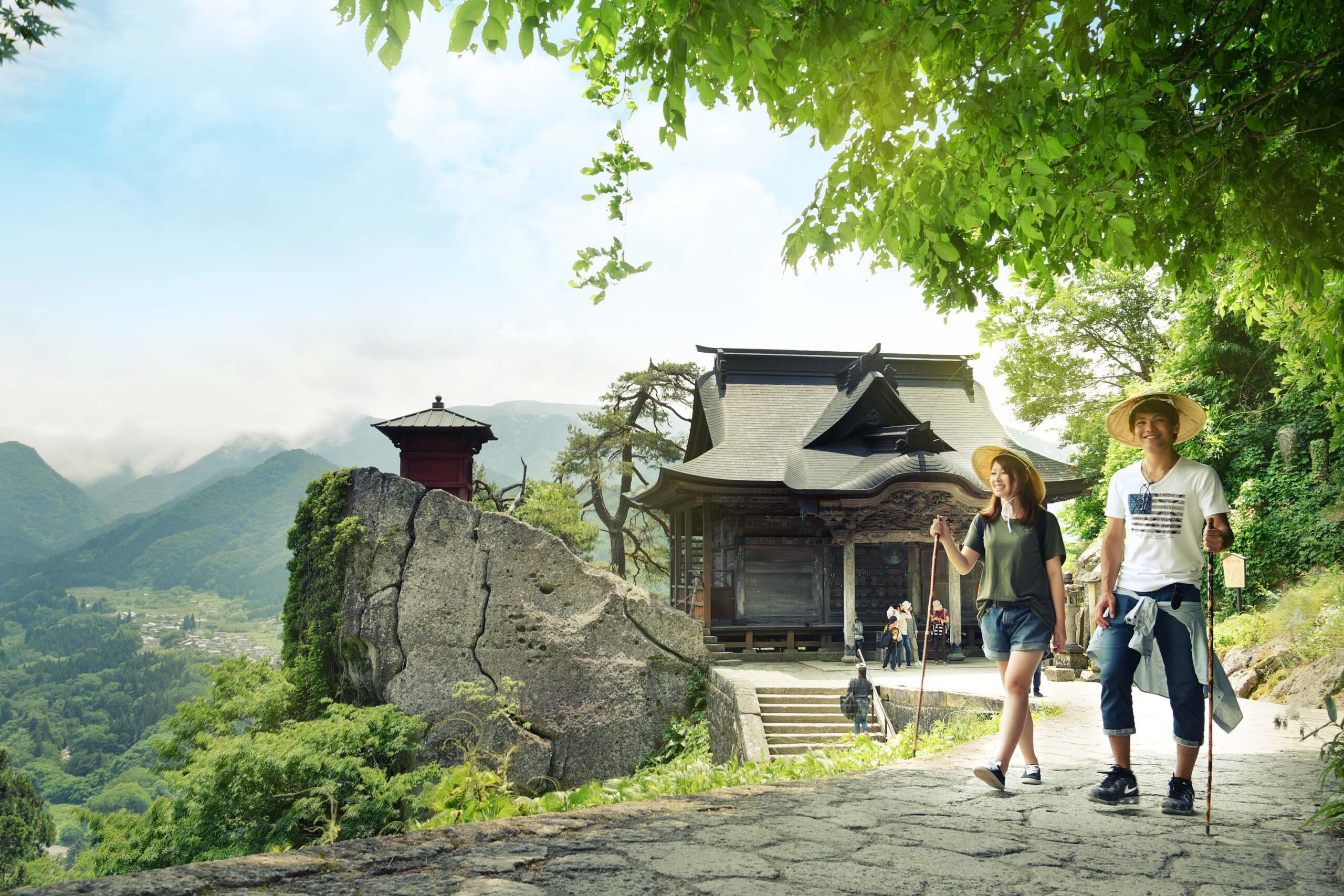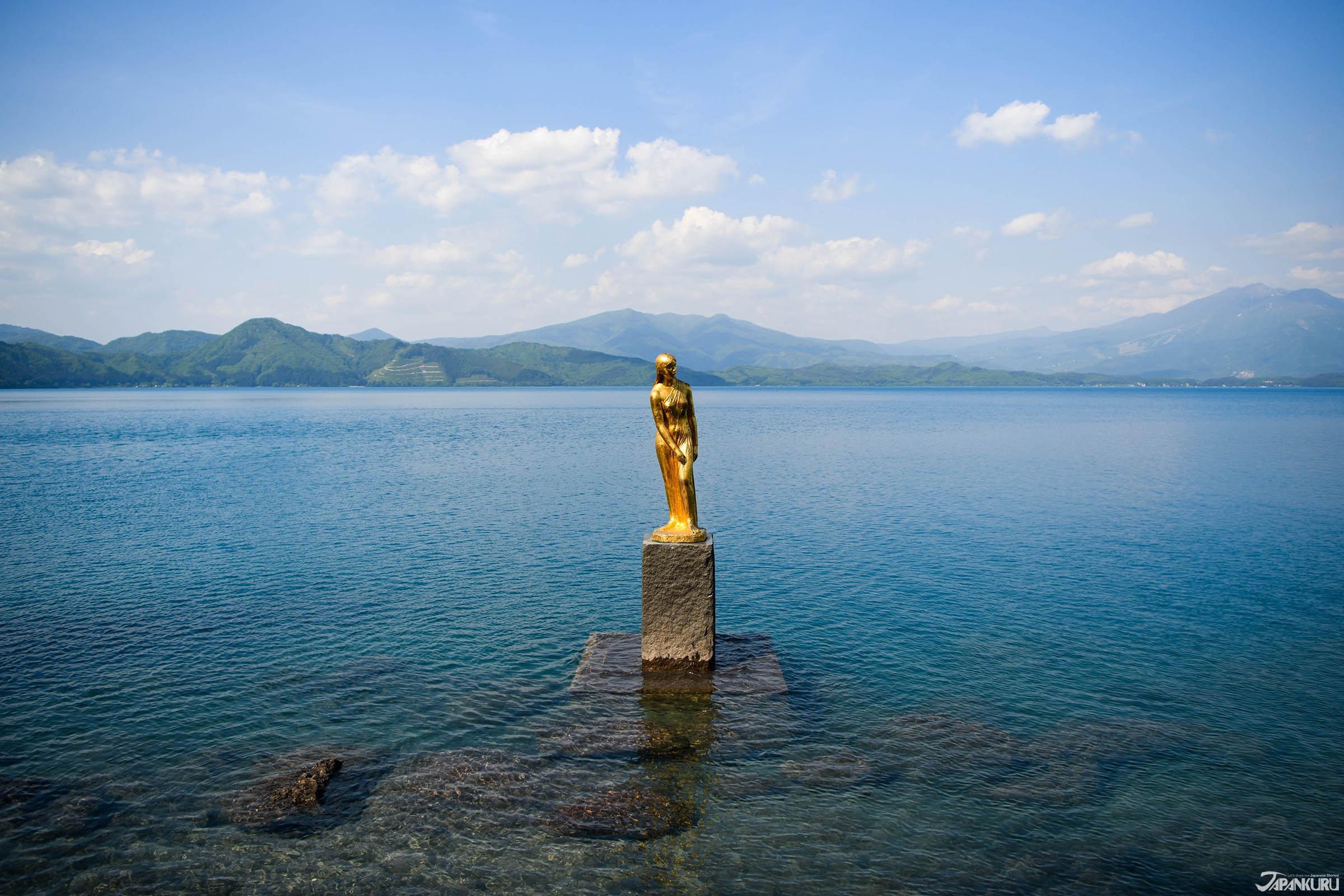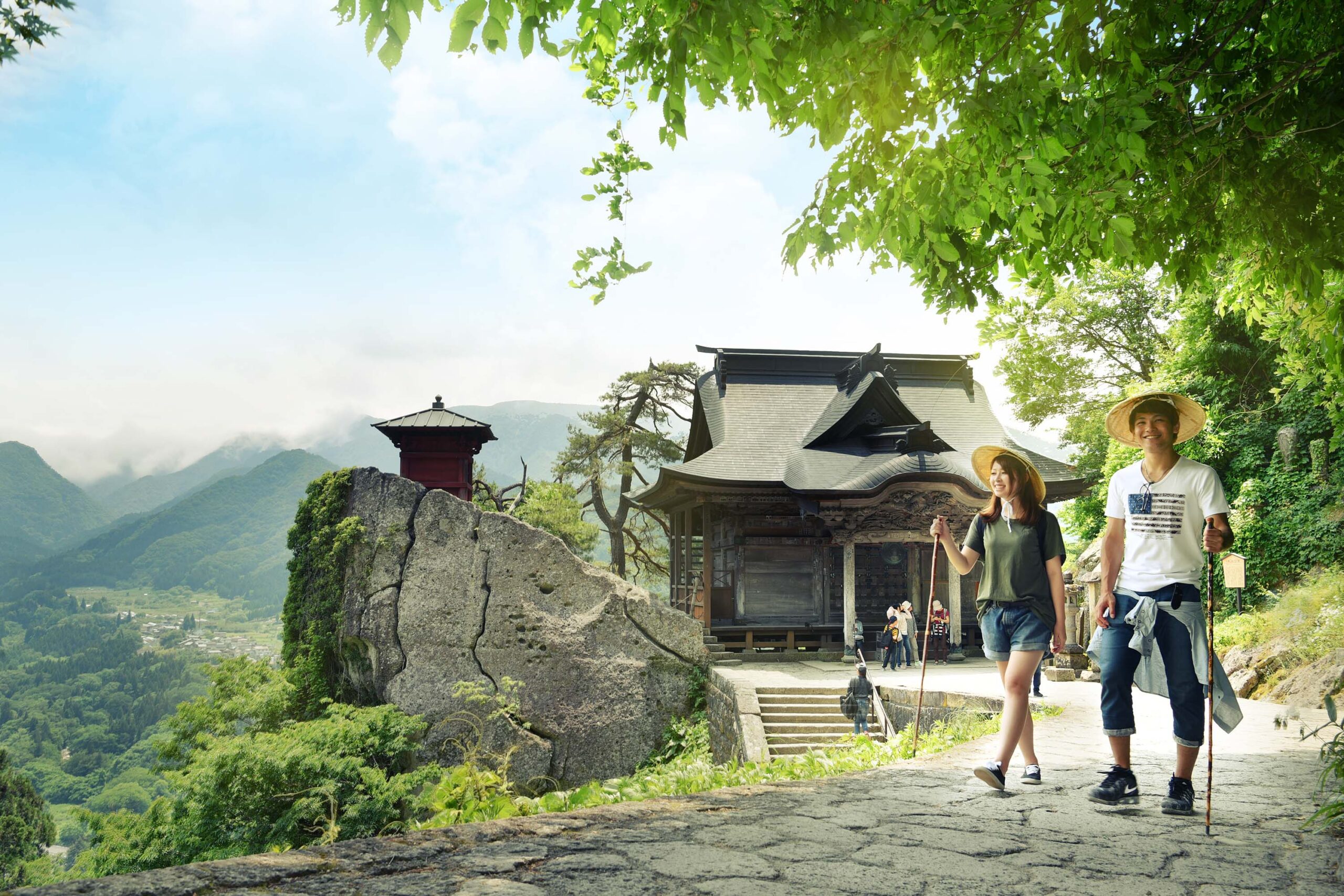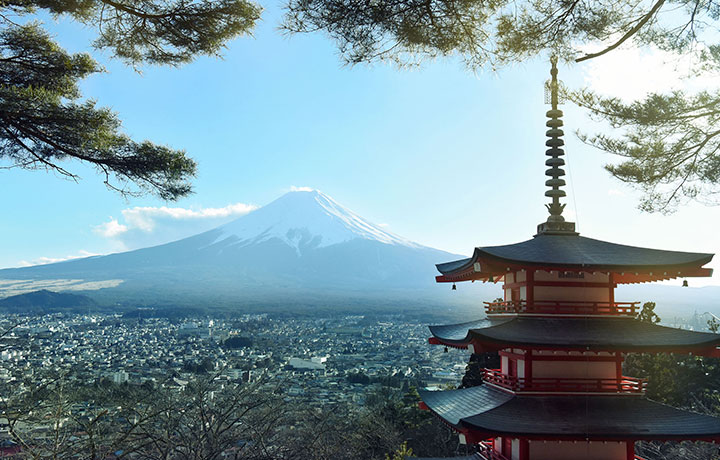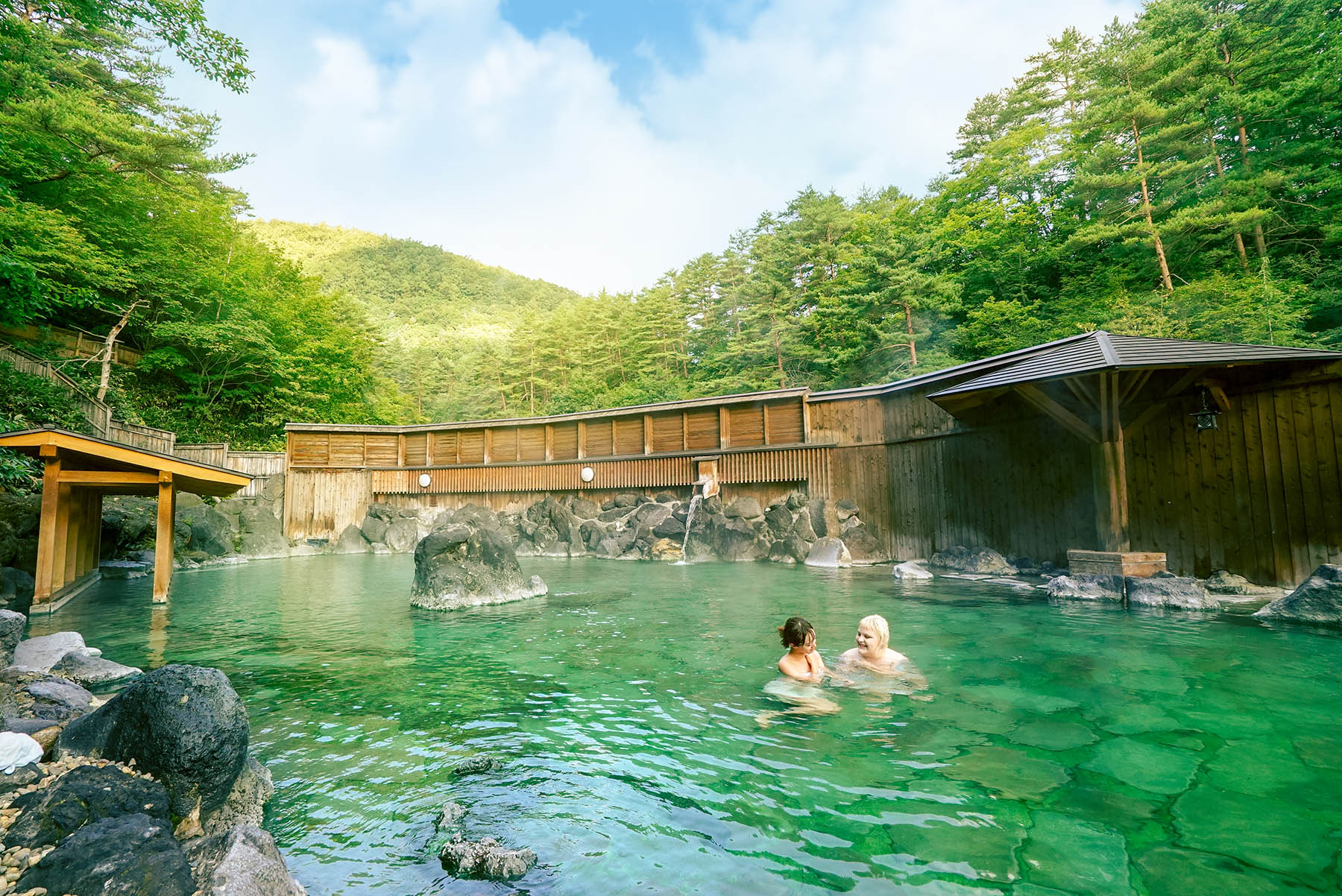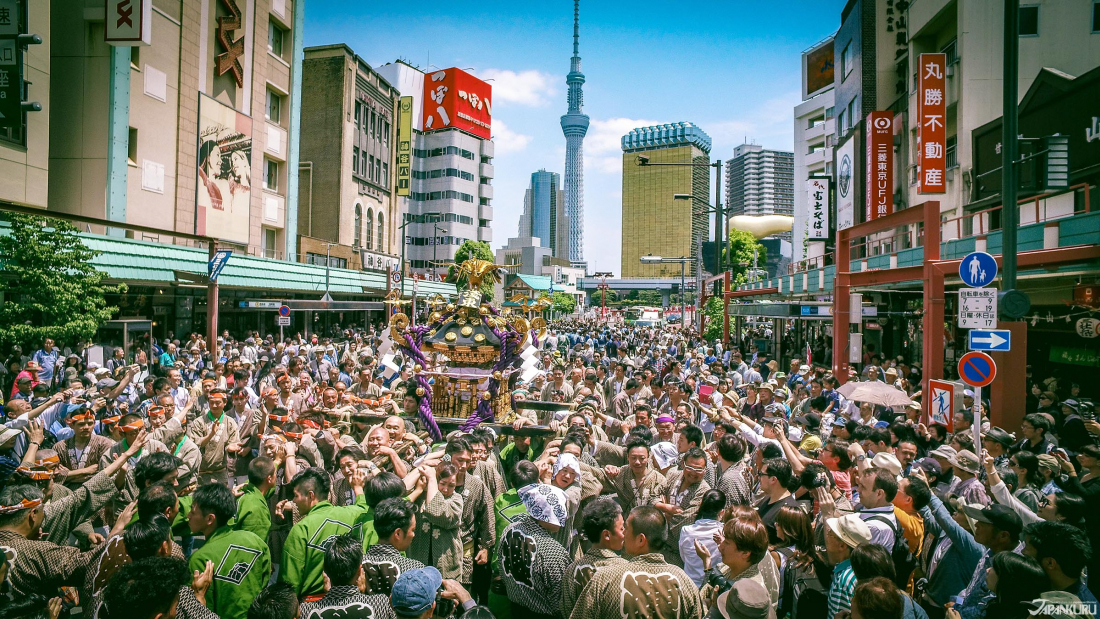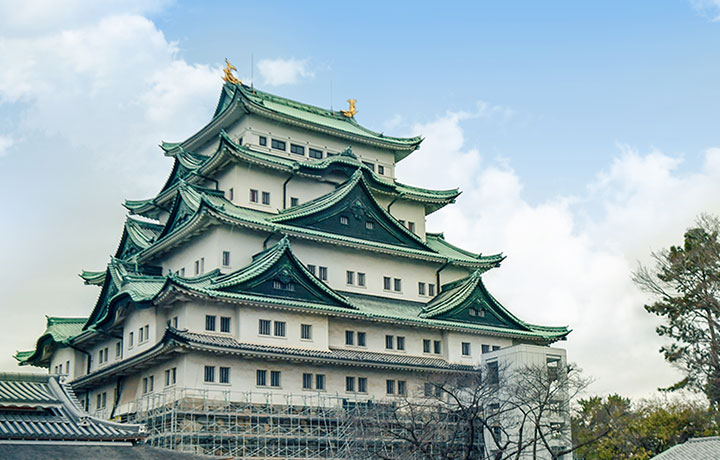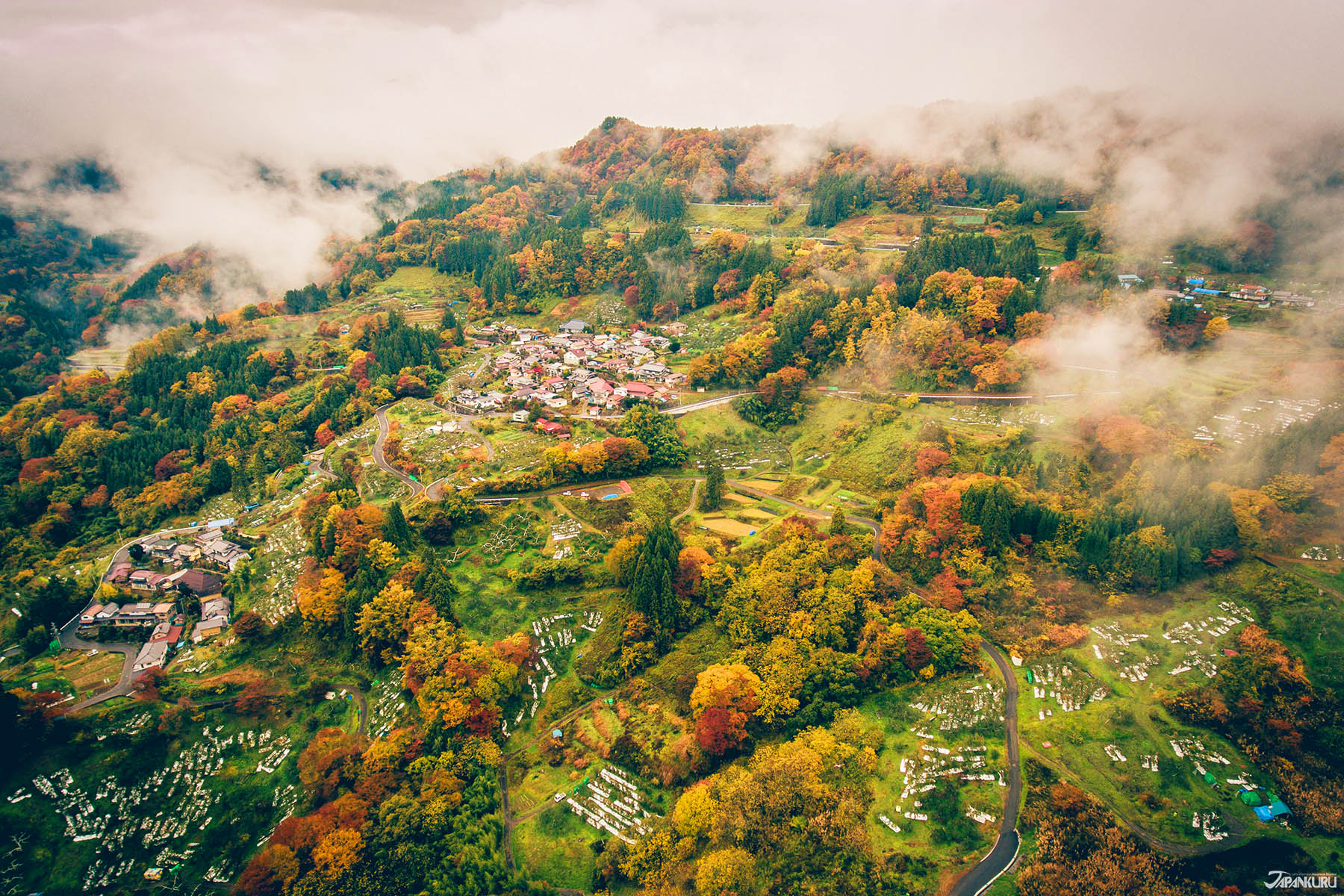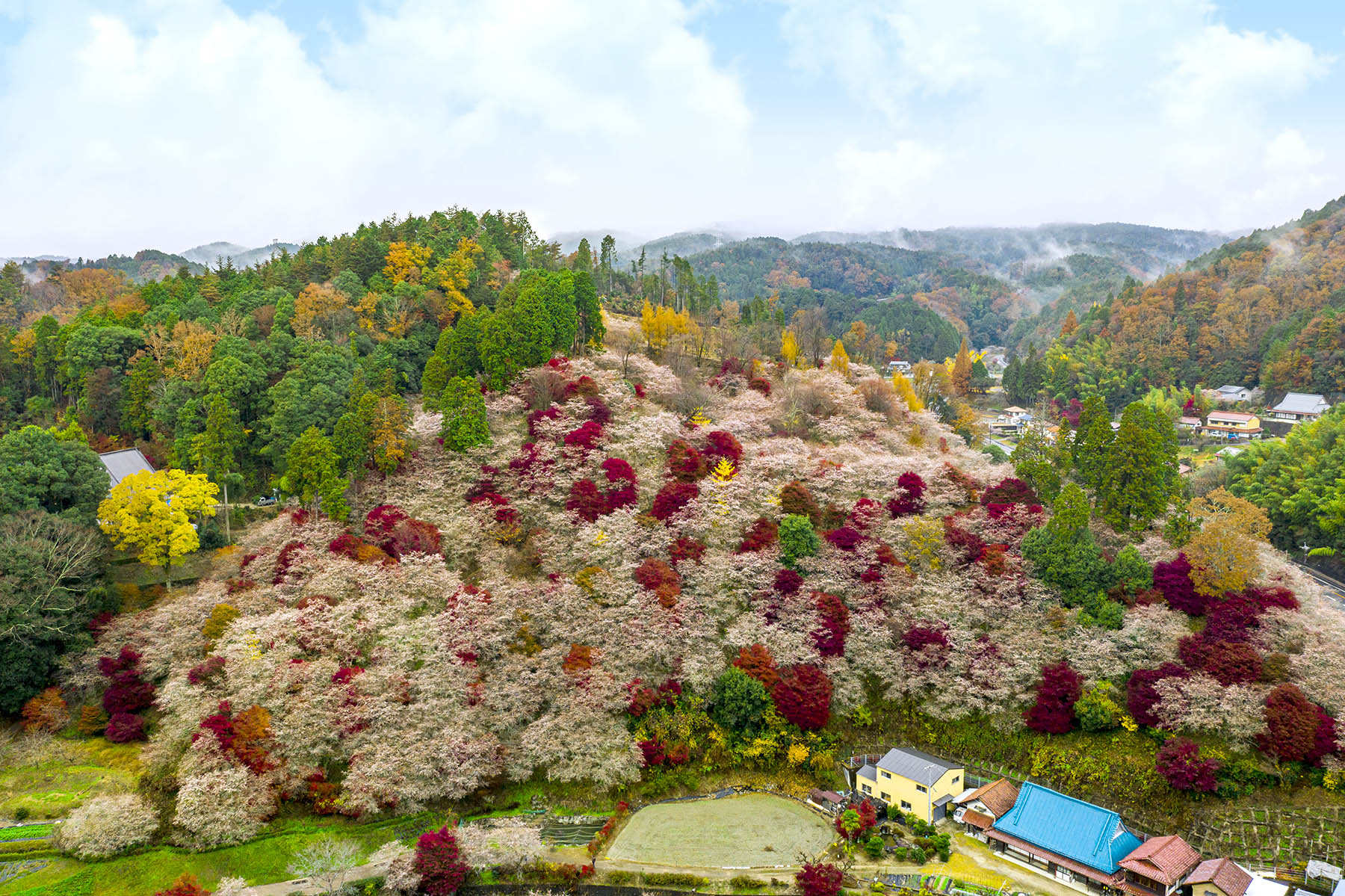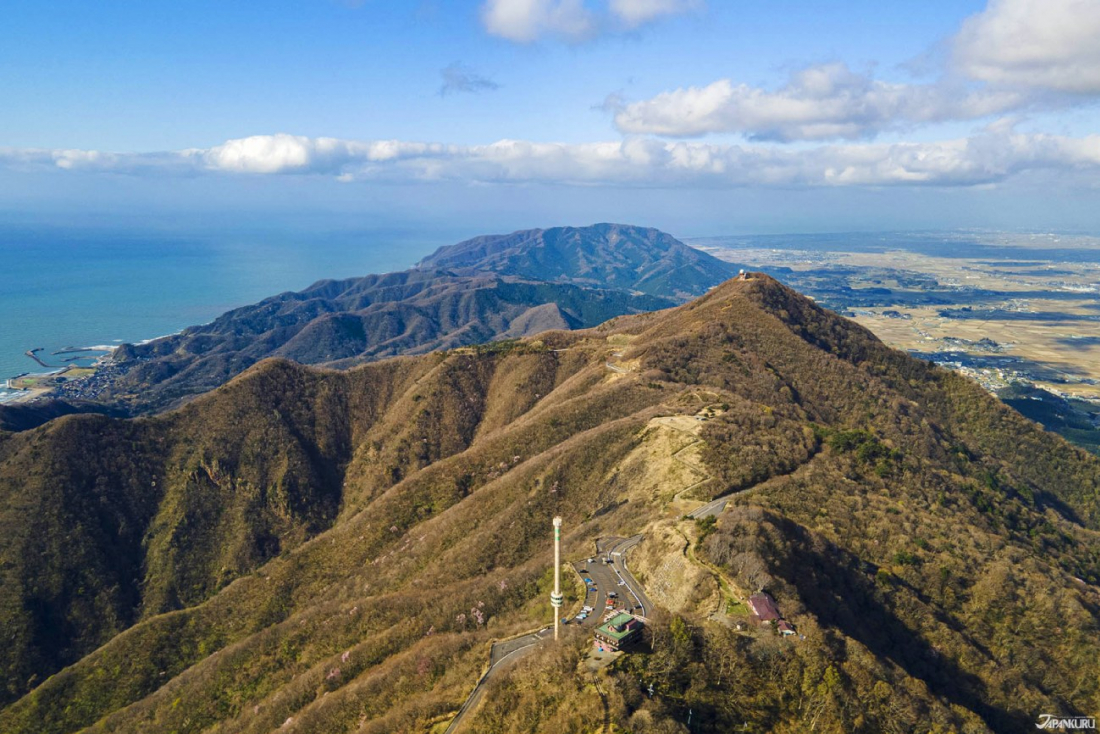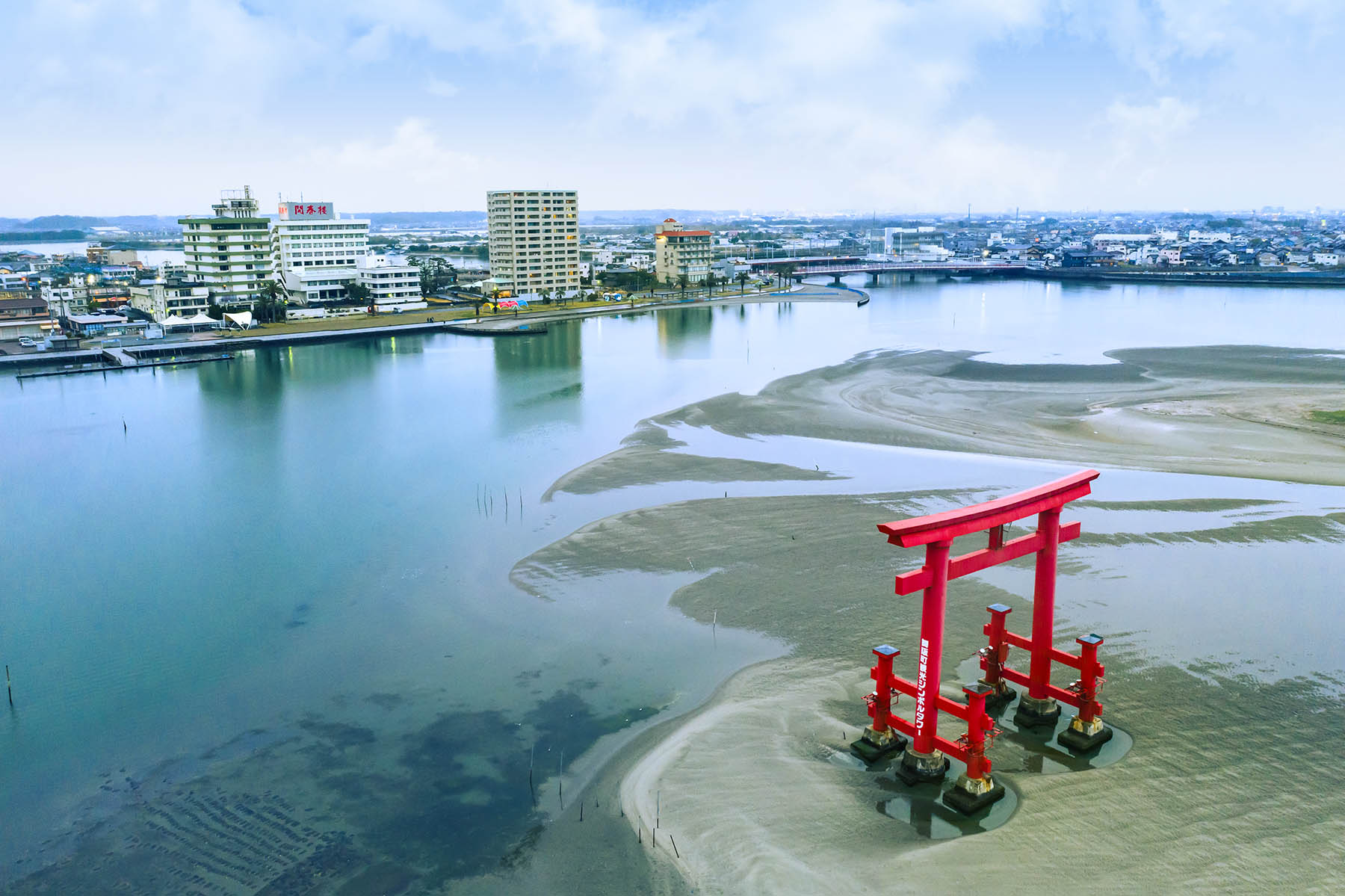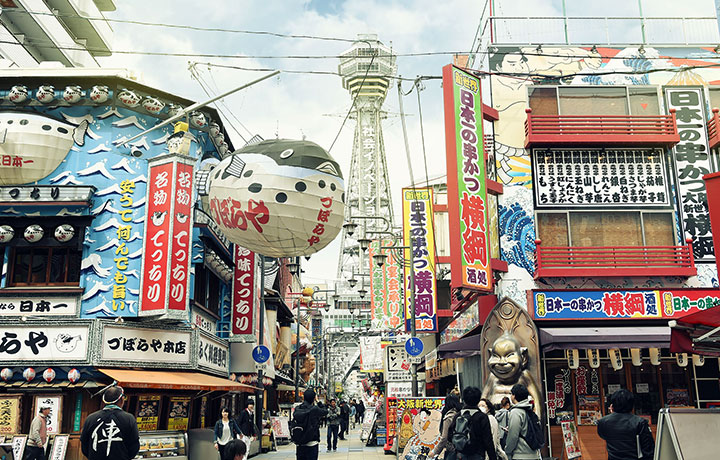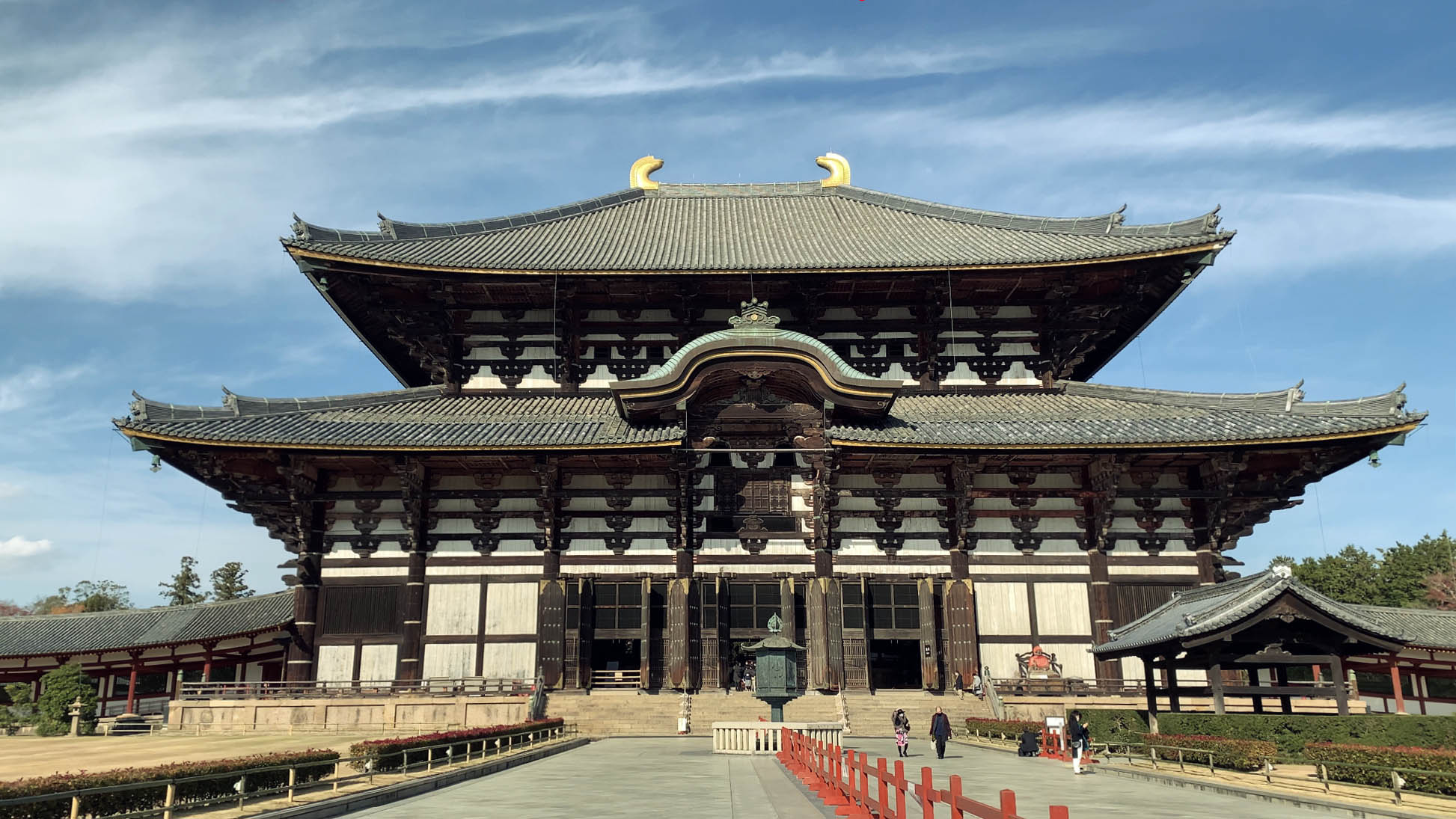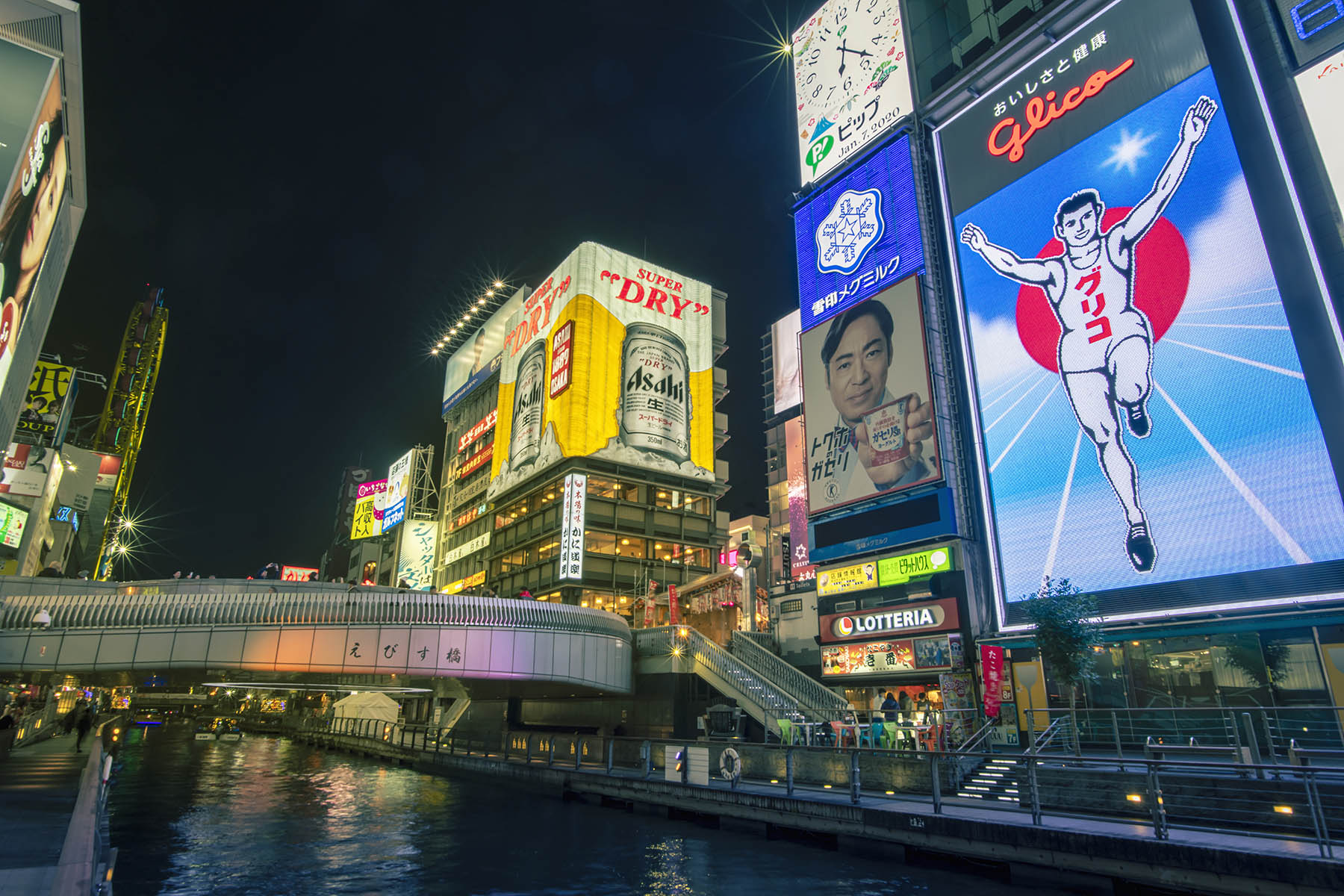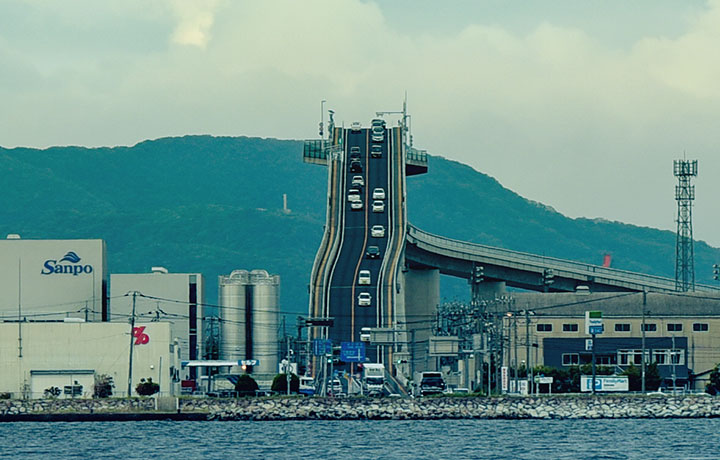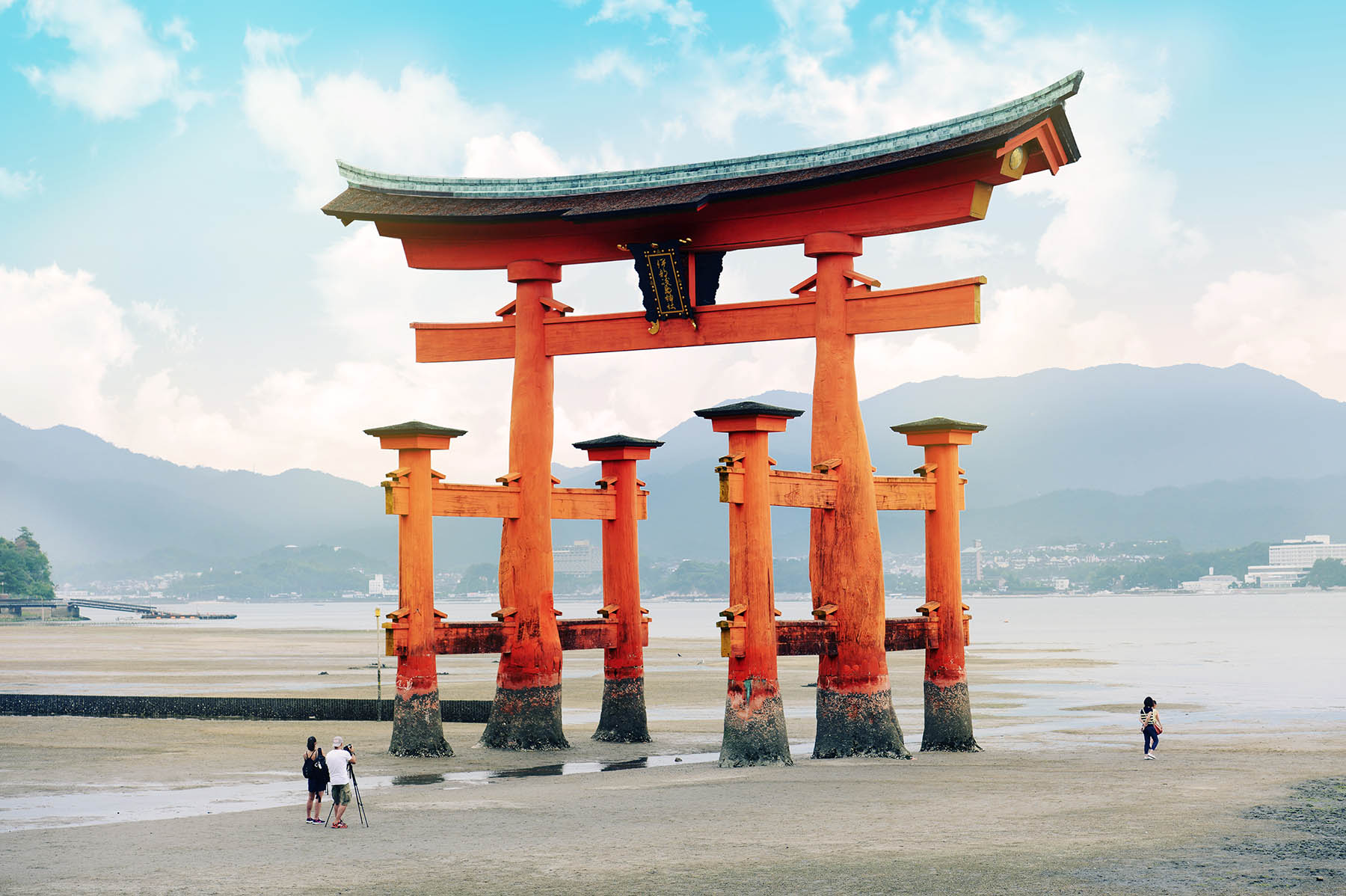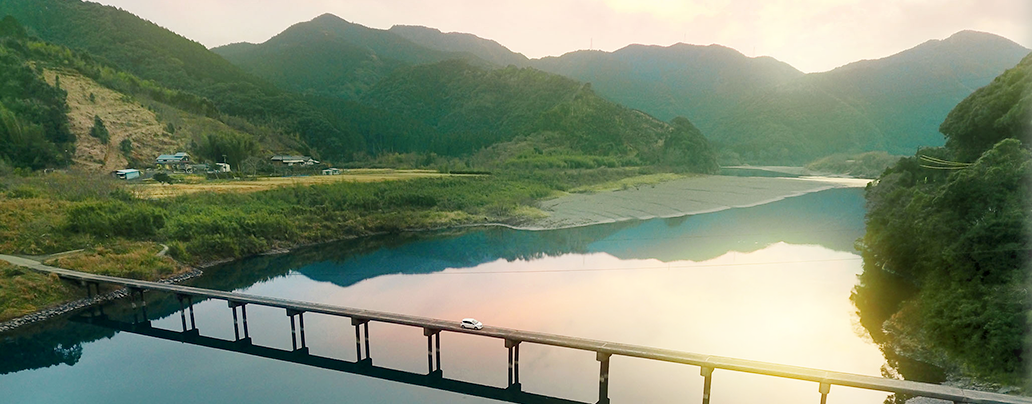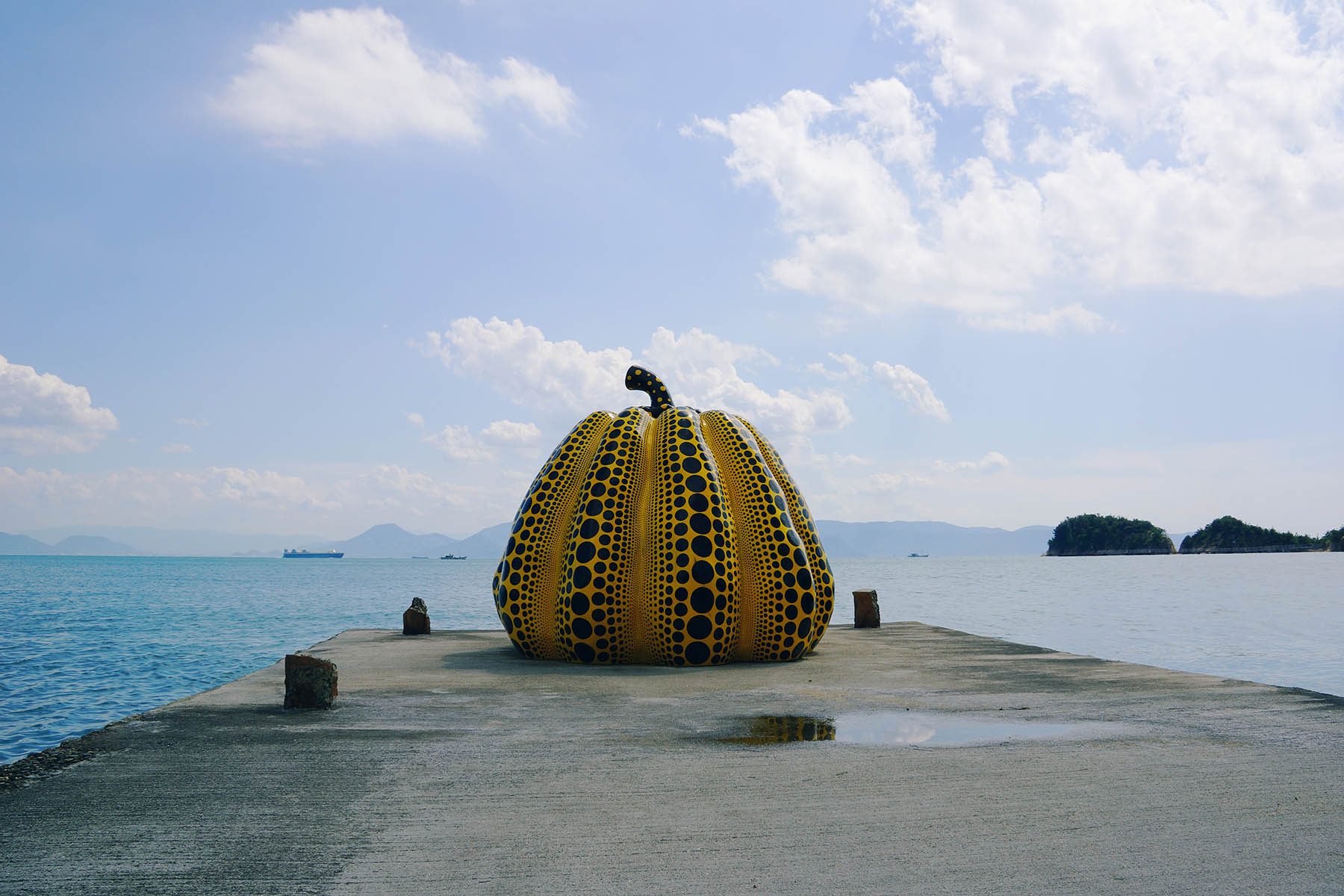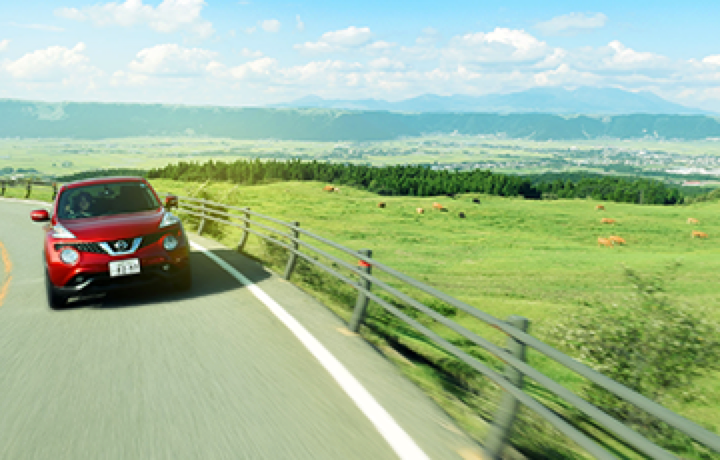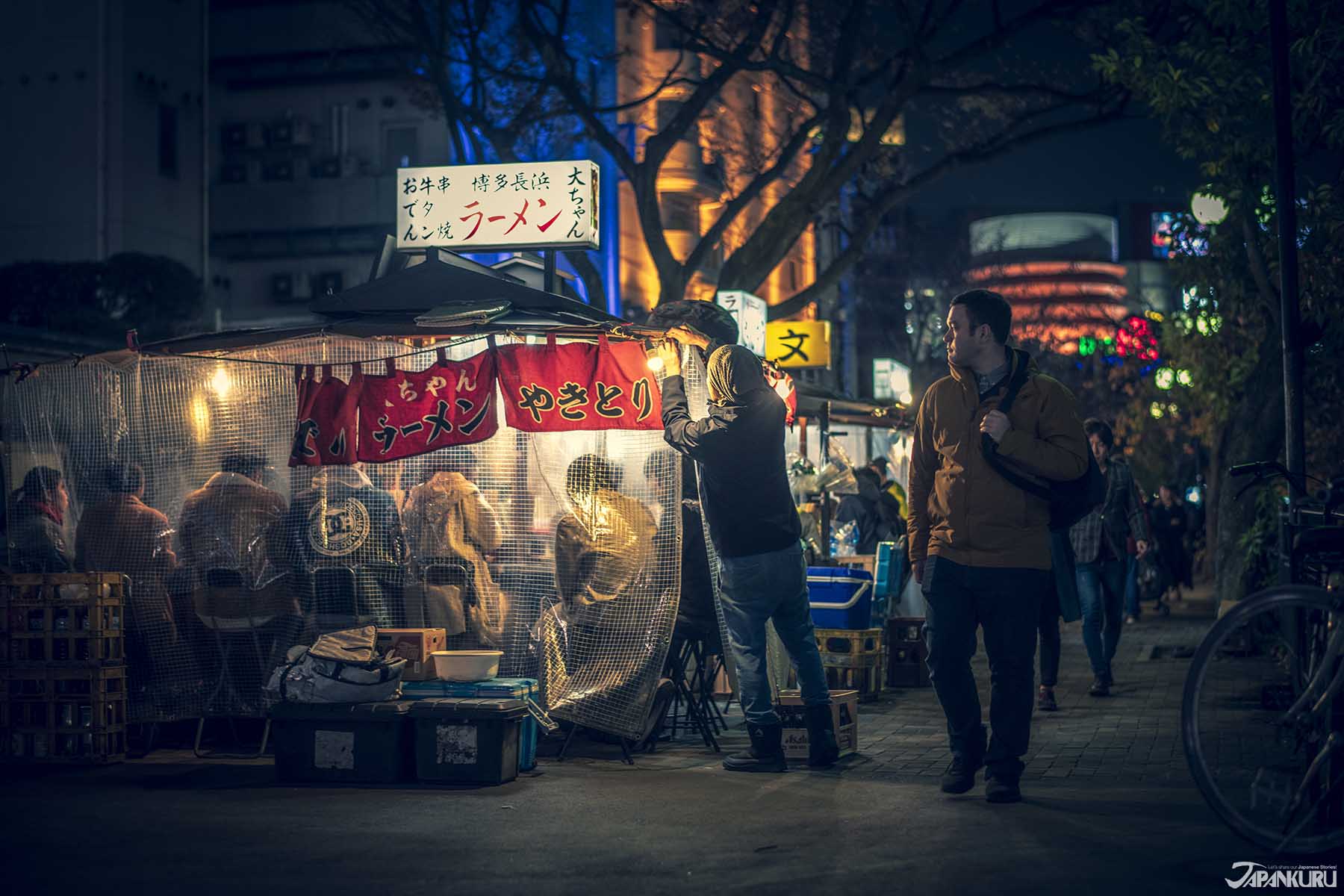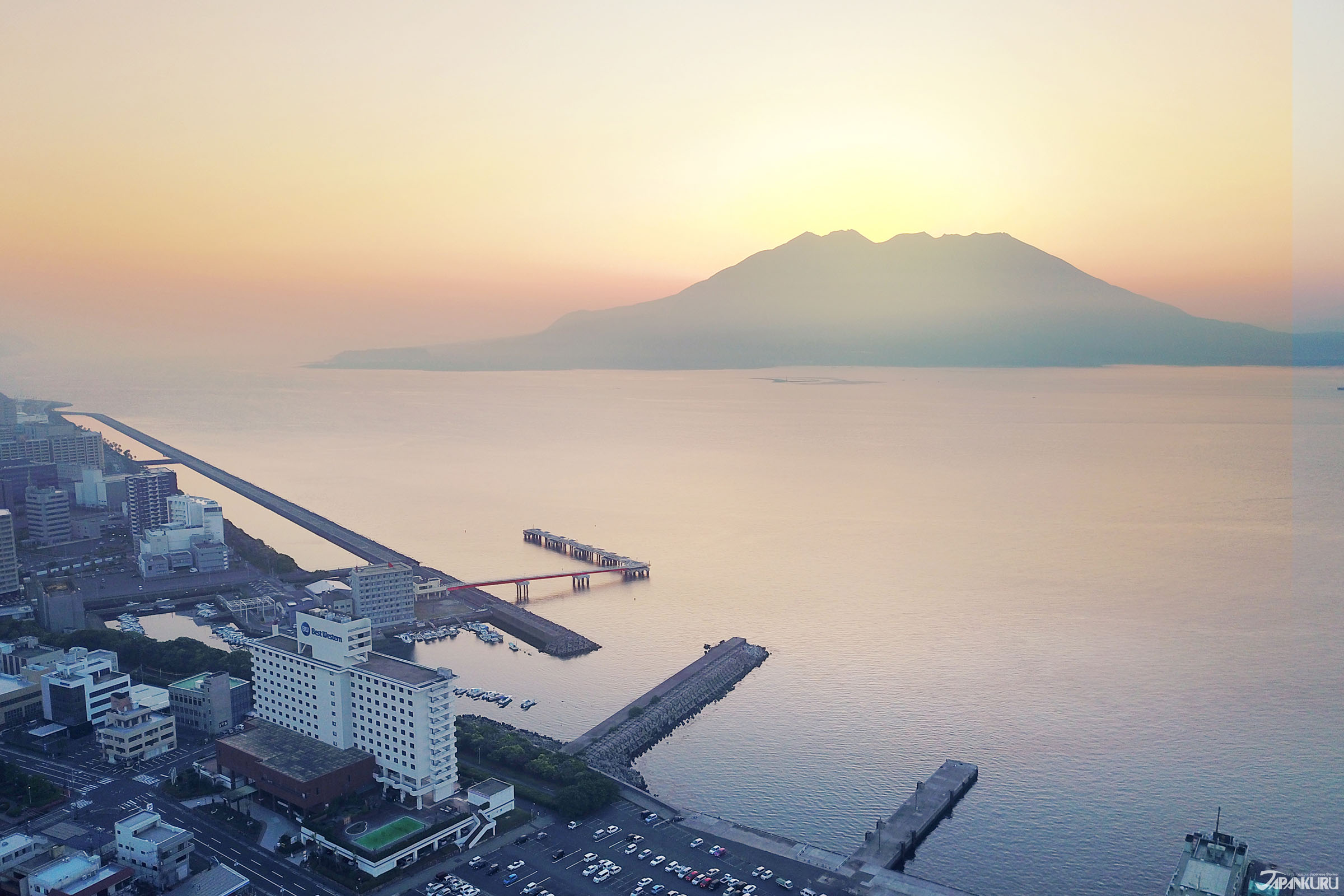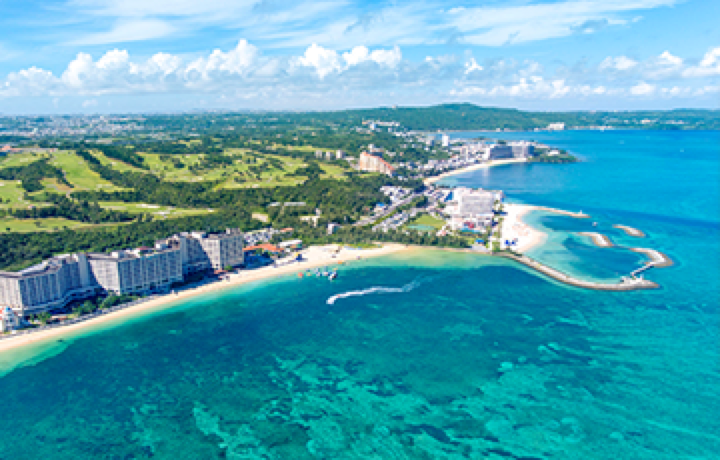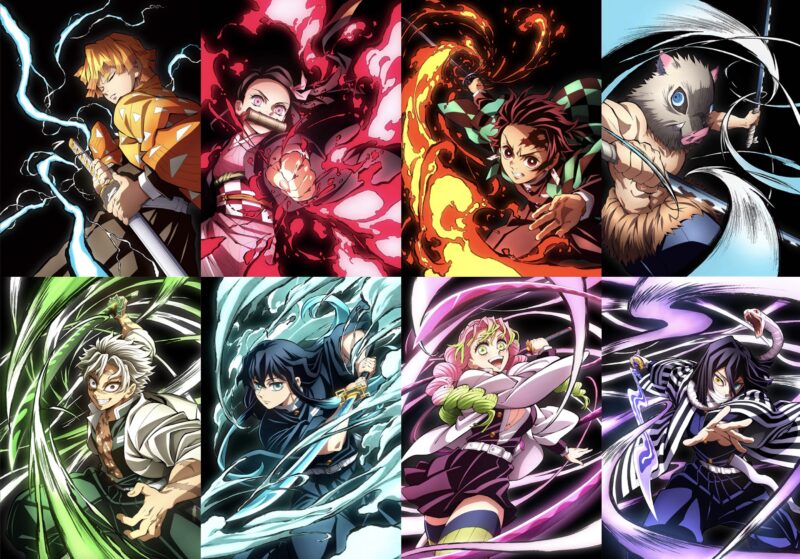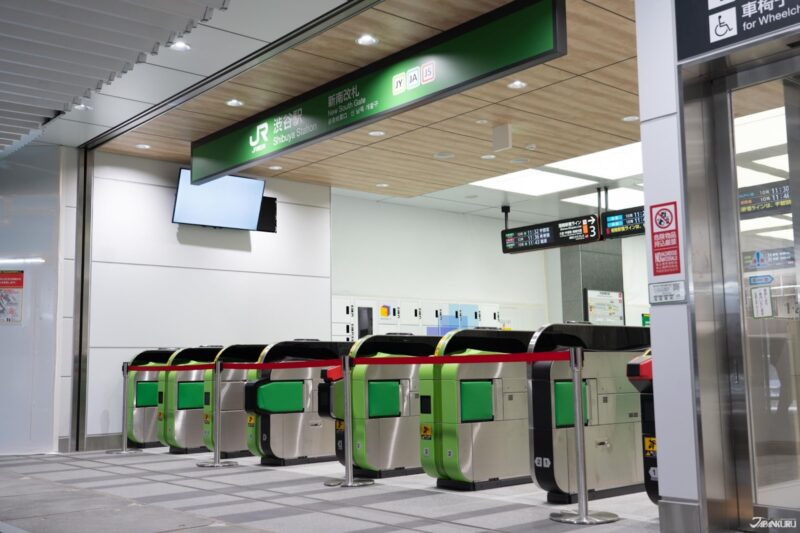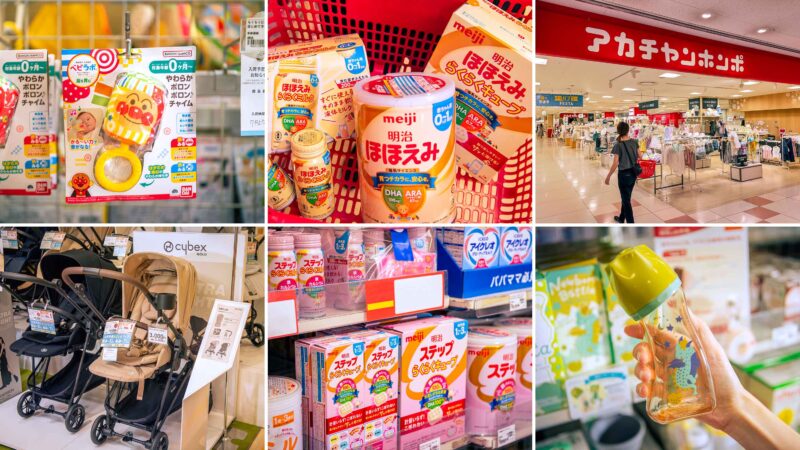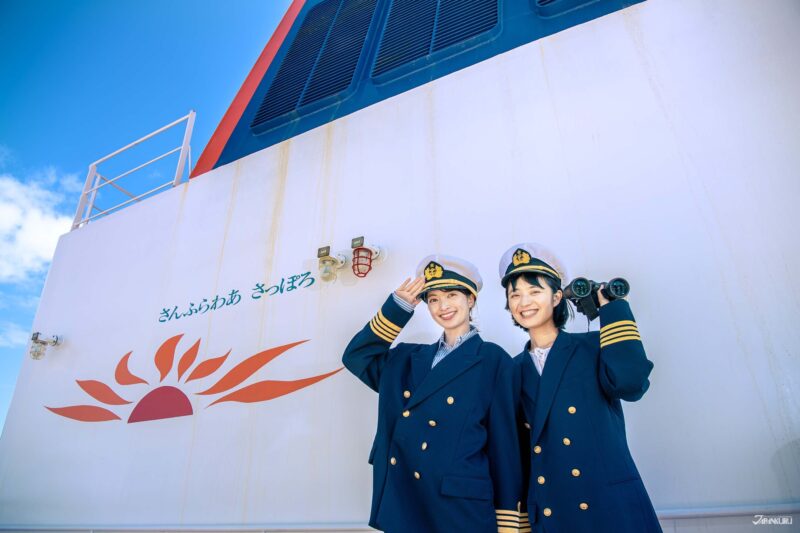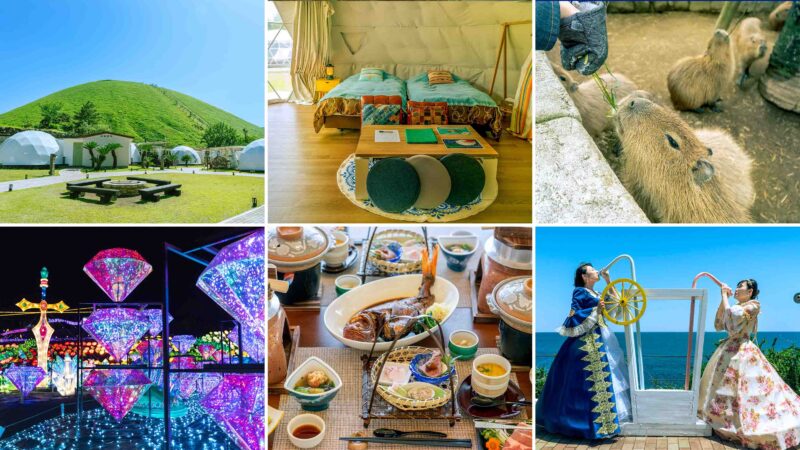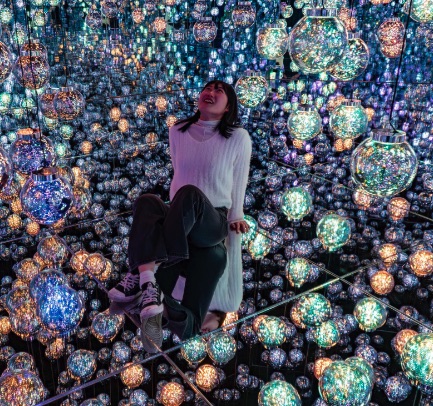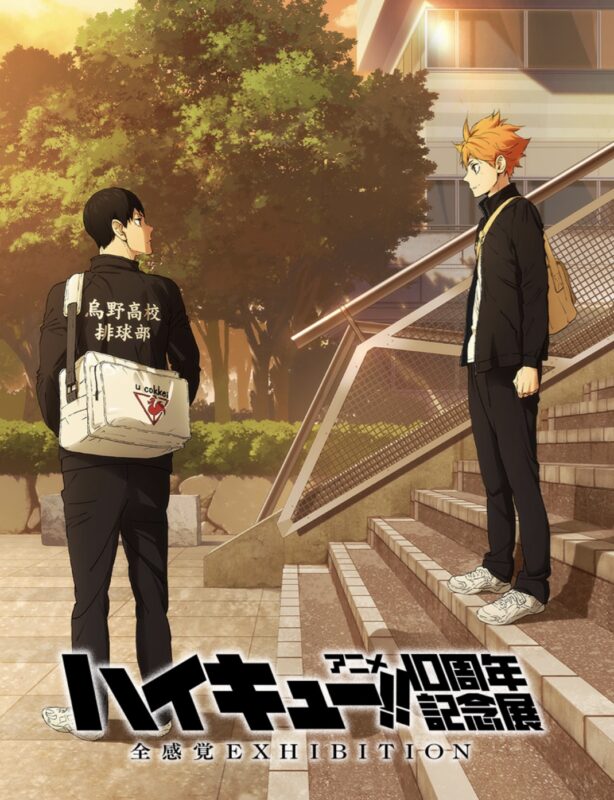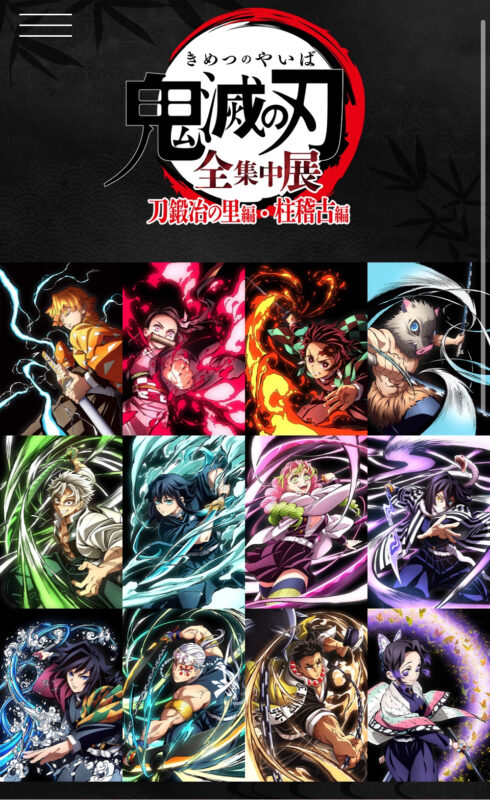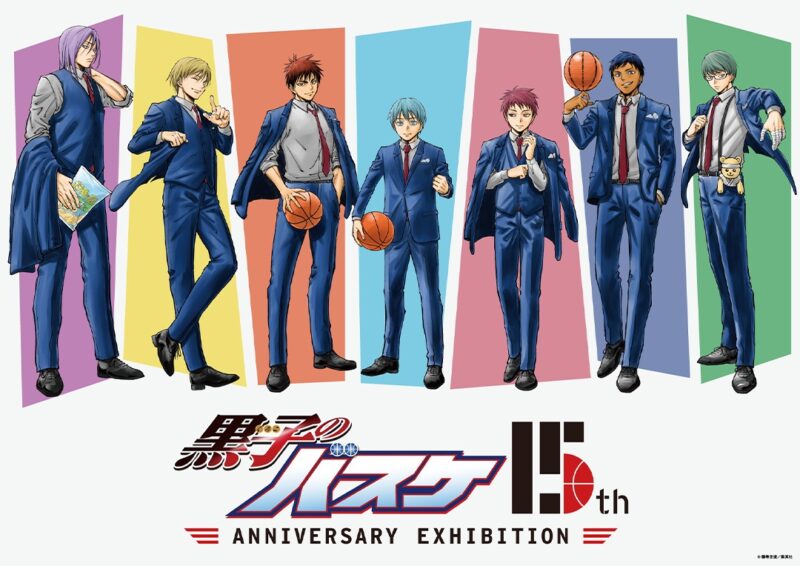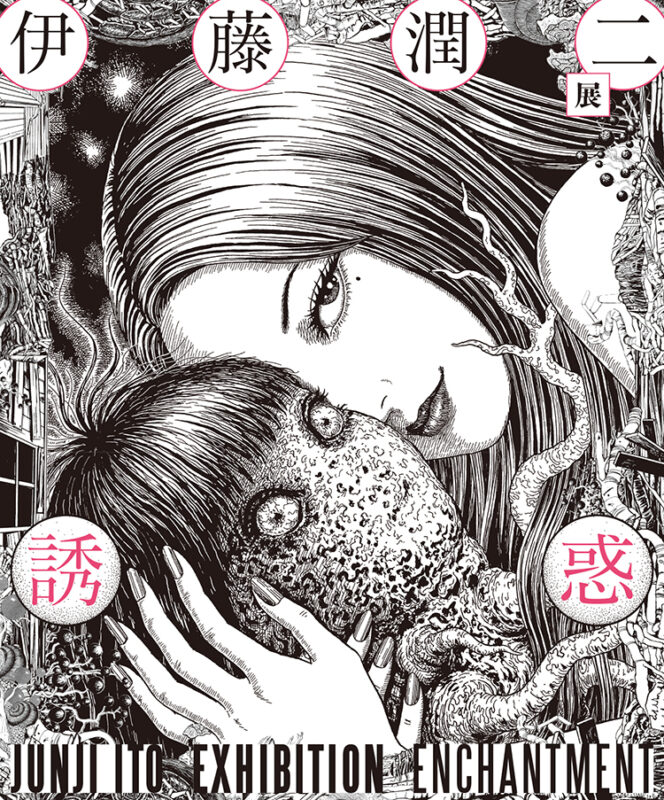
CONTENTS
Onsen, sento, rotenburo, do you know what these words mean? Read on to find out everything you need to enjoy Japan’s unique hot spring culture.
Hot Springs and Spa Culture in Japan
The Japanese islands are a hotspot of seismic and geothermal activity (pun intended), which is why the islands are not only scattered with volcanos, but also many, many natural hot springs. The people of Japan have been using naturally warm springs (called onsen, 温泉) to bathe and relax in for centuries upon centuries, and some popular onsen baths in Japan have now been in use for over a millennium! Japanese hot spring culture has had plenty of time to develop and grow, and now there are a variety of ways to enjoy a relaxing, steaming-hot bath in the land of the rising sun.
The Standard Onsen (温泉)
The word onsen refers to natural hot springs in Japan, and it's the most basic term. The definition is simple, an onsen either:
(1) flows out of the ground in its natural state at a temperature above 25°C (77°F)
or
(2) contains a certain amount of particular minerals.
The Japan Spa Association Hot Spring of Japan has a more detailed definition of what temperatures and minerals officially make a hot spring an "onsen" here, dividing the true onsen from plain old baths. Of course, plenty of people in Japan visit public baths in Japan, regardless of whether they fit the strict definition of onsen or not.
The top three onsen in Japan are commonly thought to be Arima Onsen in Hyogo, Kusatsu Onsen in Gunma, and the Gero Onsen in Gifu, but there are popular onsen all over the country. You'd be hard-pressed to find an area without one! And many people consider a visit to an onsen to be an integral part of visiting japan.
Go Outdoors! The Rotenburo (露天風呂)
"Rotenburo" simply means any bath located outside in the open air, which means it could refer to either a natural hot spring onsen, or a normal bath. Taking a bath outside might seem a little intimidating to the uninitiated, but onsen-lovers often fall in love with the rotenburo experience. Rotenburo allow bathers to surround themselves with nature and really feel Japan's four seasons while they relax in the water. They're often open throughout the fall and winter, so you can watch red maple leaves drift down from the treetops or even feel the snow melt on your skin, while you keep warm in the piping hot bath. Talk about a unique experience!
Ryokan throughout Japan offer rotenburo like this one in the Unazuki area of Toyama, and rotenburo fans will choose their destinations based on water quality or natural scenery. Many Japanese onsen rankings place Kinugawa Onsen in the top three, along with Ito Onsen and Atami Onsen.
Public Baths: The Sento (銭湯)
Sento, or public bathhouses, are often easier to access than onsen, with locations scattered throughout Japan's biggest cities and smallest villages. (Just look at this sento map of the Kyoto Station area!) That's because, as we all know by now, the term onsen is strictly regulated and only used for natural hot springs, but sento baths can just use normal water. Even without natural minerals or rumors of special healing effects, bathing in a huge public bath is still a part of Japanese culture, and sento are often busy with locals, dropping in for a bath at their neighborhood sento.
Sento can be fairly basic bathhouses, but if you run into a "Super Sento," you'll probably find more than you bargained for! Check out the listings on SuperSento.com and you'll find sento like this one in Chichibu, Saitama, where the baths share the building with shops, restaurants, and "relaxation rooms" full of massage chairs.
Stay the Night: The Ryokan (旅館)
Ryokan are traditional Japanese hotels, ranging from smaller inns to larger establishments, and the emphasis is generally on Japanese-style rooms with tatami mats, luxurious multi-course meals, and communal baths―usually a natural hot spring. The benefit of going to a ryokan onsen is that you get to relax and enjoy your own private room after you finish your bath, enjoy local delicacies, and drift off to sleep without having to drag yourself home first.
All to Yourself: The Kashikiri (貸切)
Not interested in going to a communal bath and sharing the water with others? Prefer a solitary bath, or perhaps a soak with a loved one? Don't worry, there's an option for you too! Kashikiri means private rental, and many onsen facilities (especially ryokan) offer kashikiri onsen that can be rented for private use. Some accommodations even have kashikiri baths built right into the balcony of nicer guest rooms!
♨ Onsen Etiquette ♨
Ready to jump right in and make a splash? Visiting an onsen can be fun, but it's not really the place to go crazy. Communal baths work because everyone does their best to enjoy the experience without inconveniencing others―very Japanese indeed. Most of the "onsen rules" you'll see are common sense, and they're mostly there to keep you and other bathers safe and happy, so keep an eye out and follow any rules you see posted! For some basic safety guidelines before you go, check out these from the Japan Spa Association Hot Spring of Japan.
Tattoo-Friendly Onsen
Unfortunately, many public baths in Japan still don't allow people with tattoos to enter the water―or in some cases, to enter the premises! For many years, tattoos in Japan were associated with the Yakuza, and so barring tattooed patrons is still thought of as a safety practice at some onsen and sento. But as the years go by, more and more establishments allow tattoos, and quite a few places are willing to make exceptions for foreign travelers with small designs. If you've got ink, check out our list of tattoo-friendly hot springs for some ideas of where to go!
Enjoy Your Bath!
Hot springs in Japan are deeply connected to the local culture, and travelers are just beginning to catch on. But the world of onsen is wide, with lots to offer―true onsen lovers can acquire the qualifications to become an "onsen instructor", "onsen sommelier", or "onsen coordinator." There are even onsen out there still waiting to be found, tucked into riverbanks and sand dunes or up in the mountains―will you be the one to find them?
(Just be careful, though, those hot springs in the wild can be burning hot!)
For more updates and info from Japan, follow Japankuru on twitter, instagram, and facebook!
Details
NAME:Hot Springs of Japan
MAP
PROFILE
Follow us @Japankuru on Facebook, Instagram, and Twitter!
COMMENT
FEATURED MEDIA
VIEW MORE
A Very Special Trip on the Ferry Sunflower #japankuru #ferrysunflower #hokkaidotrip #japanexperience #japantrip #girlstrip #oarai #tomakomai #北海道 #北海道旅行 #茨城 #홋가이도 #일본선박여행 #토마코마이 #이바라키 #북해도 #페리여행 #여행에미치다 #여자끼리 #日本渡輪 #sunflower號 #坐船旅行 #日本女子旅 #日本體驗

Japanese Makeup Shopping • A Trip to Kamakura & Enoshima With Canmake’s Cool-Toned Summer Makeup #pr #canmake #enoshima #enoden #에노시마 #캔메이크 #japanesemakeup #japanesecosmetics

⚔️The Robot Restaurant is gone, but the Samurai Restaurant is here to take its place. Check it out, and don't forget your coupon! 🍣신주쿠의 명소 로봇 레스토랑이 사무라이 레스토랑으로 부활! 절찬 쿠폰 발급중 💃18歲以上才能入場的歌舞秀,和你想的不一樣!拿好優惠券去看看~ #tokyo #shinjuku #samurairestaurant #robotrestaurant #tokyotrip #도쿄여행 #신주쿠 #사무라이레스토랑 #이색체험 #할인이벤트 #歌舞伎町 #東京景點 #武士餐廳 #日本表演 #日本文化體驗 #japankuru #japantrip #japantravel #japanlovers #japan_of_insta

Japanese appliance & electronics shopping with our KOJIMA x BicCamera coupon! 用JAPANKURU的KOJIMA x BicCamera優惠券買這些正好❤️ 코지마 x 빅 카메라 쿠폰으로 일본 가전 제품 쇼핑하기 #pr #japankuru #japanshopping #kojima #biccamera #japaneseskincare #yaman #dji #osmopocket3 #skincaredevice #日本購物 #美容儀 #相機 #雅萌 #日本家電 #일본여행 #면세 #여행꿀팁 #일본쇼핑리스트 #쿠폰 #일본쇼핑 #일본브랜드 #할인 #코지마 #빅카메라 #japankurucoupon

Odaiba's DiverCity Tokyo Plaza is home to the famous real-size 20m-tall Unicorn Gundam, and the popular shopping center has even more Gundam on the inside! Check out the Gundam Base Tokyo on the 7th floor for shelves upon shelves of Gunpla, and the Gundam Base Tokyo Annex on the 2nd floor for cool anime merchandise. Both shops have tons of limited-edition items! #pr #odaiba #tokyo #tokyotrip #japantrip #japantravel #PR #divercity #divercitytokyoplaza #tokyoshopping #gundam #unicorngundam #gundambasetokyo #anime #otaku #gunpla #japankuru #오다이바 #다이바시티도쿄 #오다이바건담 #건담 #일본건담 #건프라 #건담베이스도쿄

#okinawa #japankuru #littleuniverse #littleuniverseokinawa #오키나와 #리틀유니버스오키나와 #일본여행 #沖縄 #iias沖縄豊崎 #dmm카리유시수족관 #오키나와여행 #沖繩小小宇宙博物館 #iiasokinawatoyosaki #이이아스오키나와 #japanesekawaii #japantrip #okinawajapan #okinawatrip







